Wooju Industrial Vietnam Co., Ltd. has restructured the entire supply chain, controlling internal origins to meet transparency standards for export items.
In Thanh Hoa , this situation has begun to clearly impact key export industries such as textiles, electronics, processed agricultural products and household appliances. Many enterprises in large industrial parks said that export orders to the US have been delayed or redirected because partners require transparency of origin for each raw material code, especially for fabrics, accessories and processing chemicals. Wooju Industrial Vietnam Co., Ltd., specializing in the production of products such as blankets, carpets, mattresses and export apparel, is one of the units that is being directly affected. Previously, more than 70% of the company's input materials came from China thanks to low prices and stable supply. However, since mid-2024, major partners in the US and South Korea have required detailed documents on the origin of each roll of fabric, thread, even packaging and labels, to ensure that there are no subsidy elements from the country under investigation. Faced with this stringent requirement, Wooju was forced to restructure its entire supply chain, switching to importing from more reliable ASEAN countries, and rebuilding its internal traceability system to meet transparency standards. This significantly increased costs, but according to a company representative, this was a necessary price to maintain the export market.
This case is not an isolated one but is becoming a common trend among textile, footwear and household enterprises in Thanh Hoa. However, in this challenge, there are also very clear opportunities, only when enterprises proactively master the supply chain, localize raw materials and build a systematic traceability system can they maintain their position in the international market. From there, upgrading the supply chain is no longer an option, but a vital requirement to adapt to a new trade order.
In Ngoc Lac district, Phuc Thinh Cassava Starch Processing Factory, belonging to Phuc Thinh Agricultural and Forestry Products and Agricultural Materials Processing Joint Stock Company - specializing in exporting cassava starch to demanding markets such as Japan and Korea, has made remarkable steps. Realizing that the barriers to origin are increasingly tightening, especially in East Asian markets, the company has proactively linked with hundreds of cassava-growing households in Minh Tien, Ngoc Lien and Minh Son communes, building raw material areas that meet VietGAP standards. Thanks to that, the entire chain from seeds - planting - harvesting - processing - packaging is controlled and traceable by QR codes attached to each shipment. This transparency and thorough investment helps businesses maintain long-term contracts with major partners, avoiding the risk of being investigated for origin or applying reciprocal taxes - while many other units have to return to the domestic market because they cannot prove a valid supply chain.
Mr. Ngo Tien Quang, Deputy Director of Phuc Thinh Agricultural and Forestry Products and Agricultural Materials Processing Joint Stock Company, shared: “Exporting now is not only about product quality, but also about transparency and risk control in the supply chain. If we continue to import cassava from many sources with unknown traceability, the risk of being subject to reciprocal taxes could cause the cost to increase by one and a half times, losing all competitive advantages. Linking raw material areas not only helps stabilize quality, but is also a “reputable passport” to travel long distances with large markets."
In fact, Thanh Hoa has a full foundation to build and upgrade the domestic supply chain. With the rapid development of industry and agriculture, and an increasingly complete logistics system, the province has great potential to form a chain linking processing plants, raw material areas and supporting service enterprises. In Nghi Son Economic Zone and large industrial parks, many FDI investors have brought along an ecosystem of supporting supplies, from packaging, packaging, transportation to semi-finished materials. If well utilized, enterprises in the province can both replace imported sources of supply with origin risks, and be more proactive in controlling costs and ensuring international standards.
However, upgrading the supply chain is not a problem that enterprises can solve on their own. Many enterprises, especially small and medium-sized enterprises in Thanh Hoa, still face difficulties in accessing investment capital for raw material areas, implementing traceability technology or linking with strategic partners. Some enterprises still lack updated information on reciprocal tax regulations in import markets and do not have a long-term strategy to adapt.
In this context, the support role of local authorities and industry associations becomes particularly important. Policies such as preferential credit, support for origin certification costs, organizing training courses on international trade or building a database of domestic suppliers will contribute to removing bottlenecks. At the same time, developing industry clusters - where a leading enterprise leads the entire satellite chain to raise standards - will be the key to increasing competitiveness, creating scale advantages and improving negotiation ability in the export market.
Faced with increasingly fierce export situations and constantly changing tariff barriers, the issue of origin and reciprocal taxes is a test of the long-term thinking of enterprises. Only when enterprises dare to invest in the platform, dare to give up immediate convenience to choose transparent and controlled solutions, will they be able to survive and rise in the global value chain. With the current potential and positive movements, Thanh Hoa can completely become a pioneer in transparent and sustainable supply chains - where each product not only bears the "made in Vietnam" label, but is also a clear demonstration of the mastery and creativity of Vietnamese enterprises in the new era of integration.
Article and photos: Chi Pham
Source: https://baothanhhoa.vn/thue-doi-ung-va-bai-toan-xuat-xu-co-hoi-nbsp-de-doanh-nghiep-nang-cap-chuoi-cung-ung-249570.htm


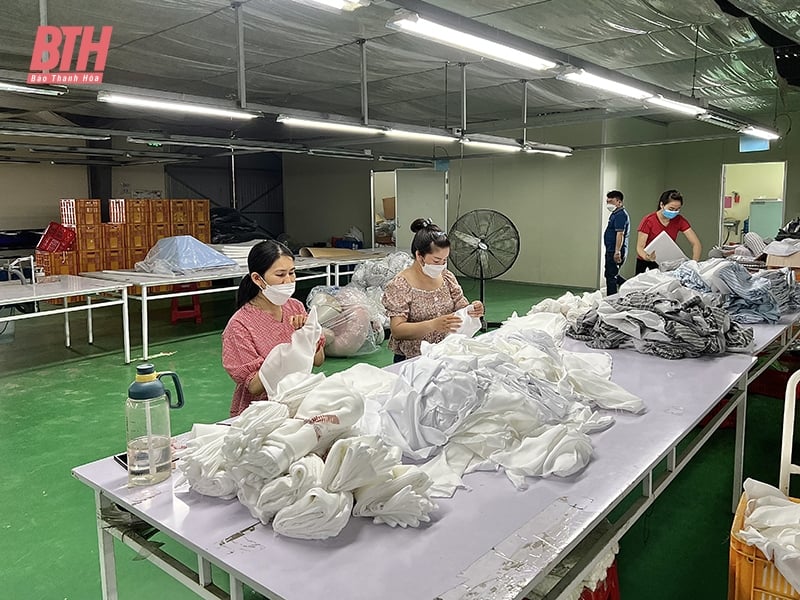


![[Photo] General Secretary To Lam chairs a working session with the Central Internal Affairs Commission](https://vphoto.vietnam.vn/thumb/1200x675/vietnam/resource/IMAGE/2025/5/22/3b7790f499da45b2803d8ae253207ef1)


![[Photo] Prime Minister Pham Minh Chinh chairs the Government's special meeting on law-making in May](https://vphoto.vietnam.vn/thumb/1200x675/vietnam/resource/IMAGE/2025/5/22/1c880aae96fd4e0894abc47a46fe19ba)
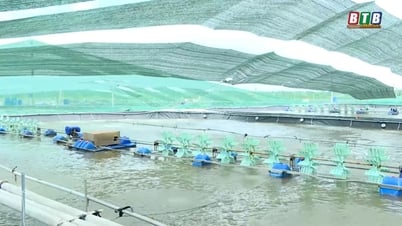



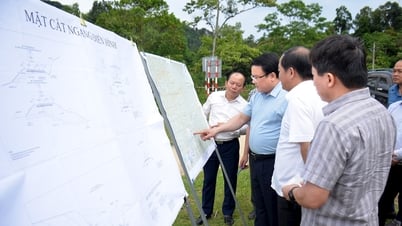


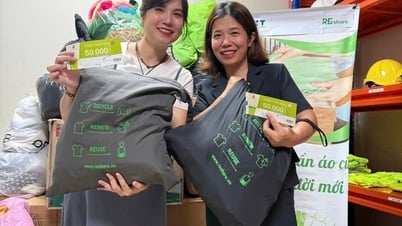
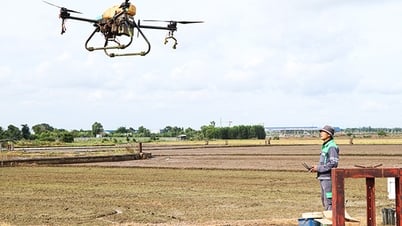







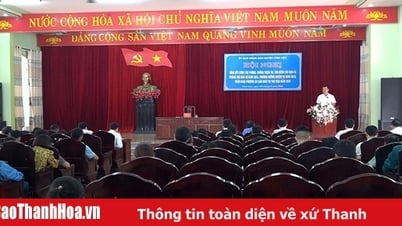
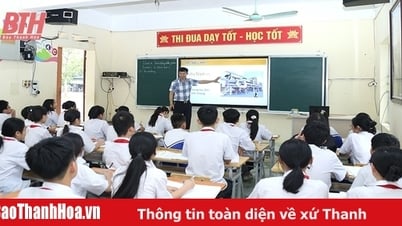
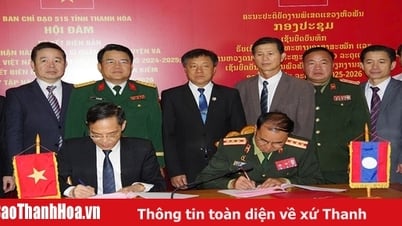





































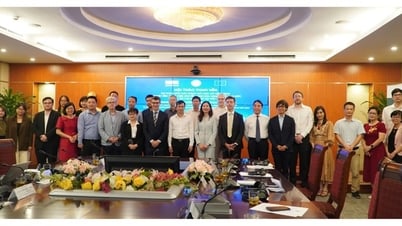



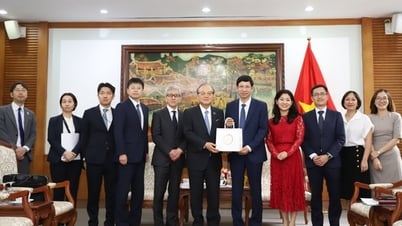

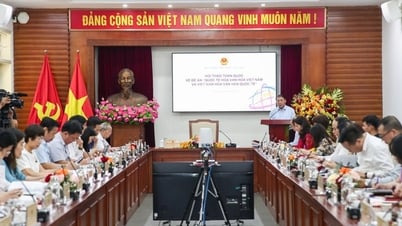



![[Podcast] Week introducing more than 500 OCOP products in Hanoi](https://vphoto.vietnam.vn/thumb/402x226/vietnam/resource/IMAGE/2025/5/22/d144aac2416744718388dbae3260e7fd)






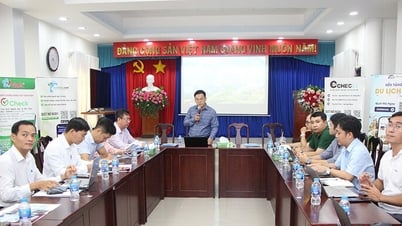

Comment (0)